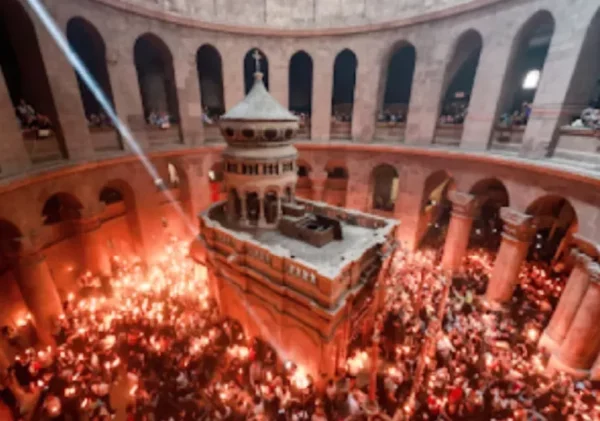“Vulcain” Recently Studied and Discovered to Be a New Apatosaurus Species by Paleontologists
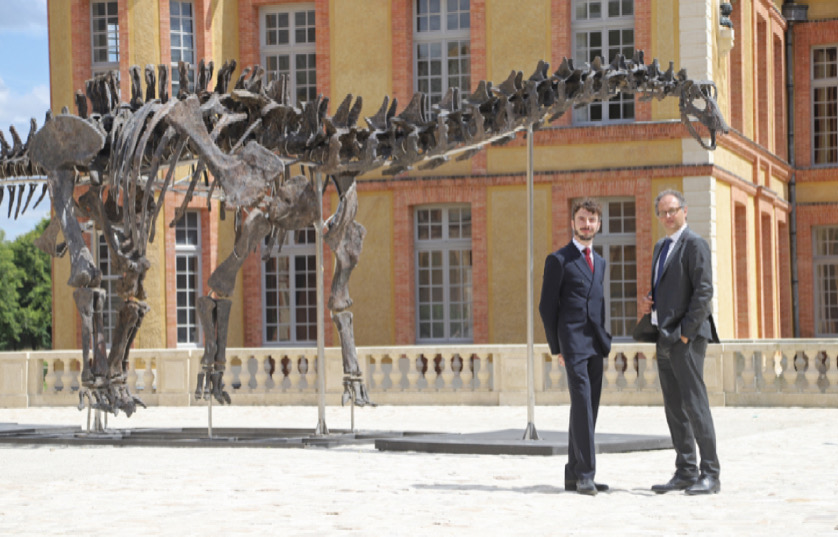
SHARE
Since the opening of its auction registration and wildly successful public exhibition in France, the stage for “Vulcain” – the giant American dinosaur that once roamed the earth currently on display outside of Paris –is set to be the dinosaur sale of the century.
French auction houses Collin du Bocage and Barbarossa, who will handle the sale of the largest dinosaur skeleton ever to come to auction, have announced that pre-sale estimates have more than tripled its original estimate to $11-$22 million/€10-€20 million since pre-registration bidding opened in July with a bidding frenzy coming in from 5 continents.
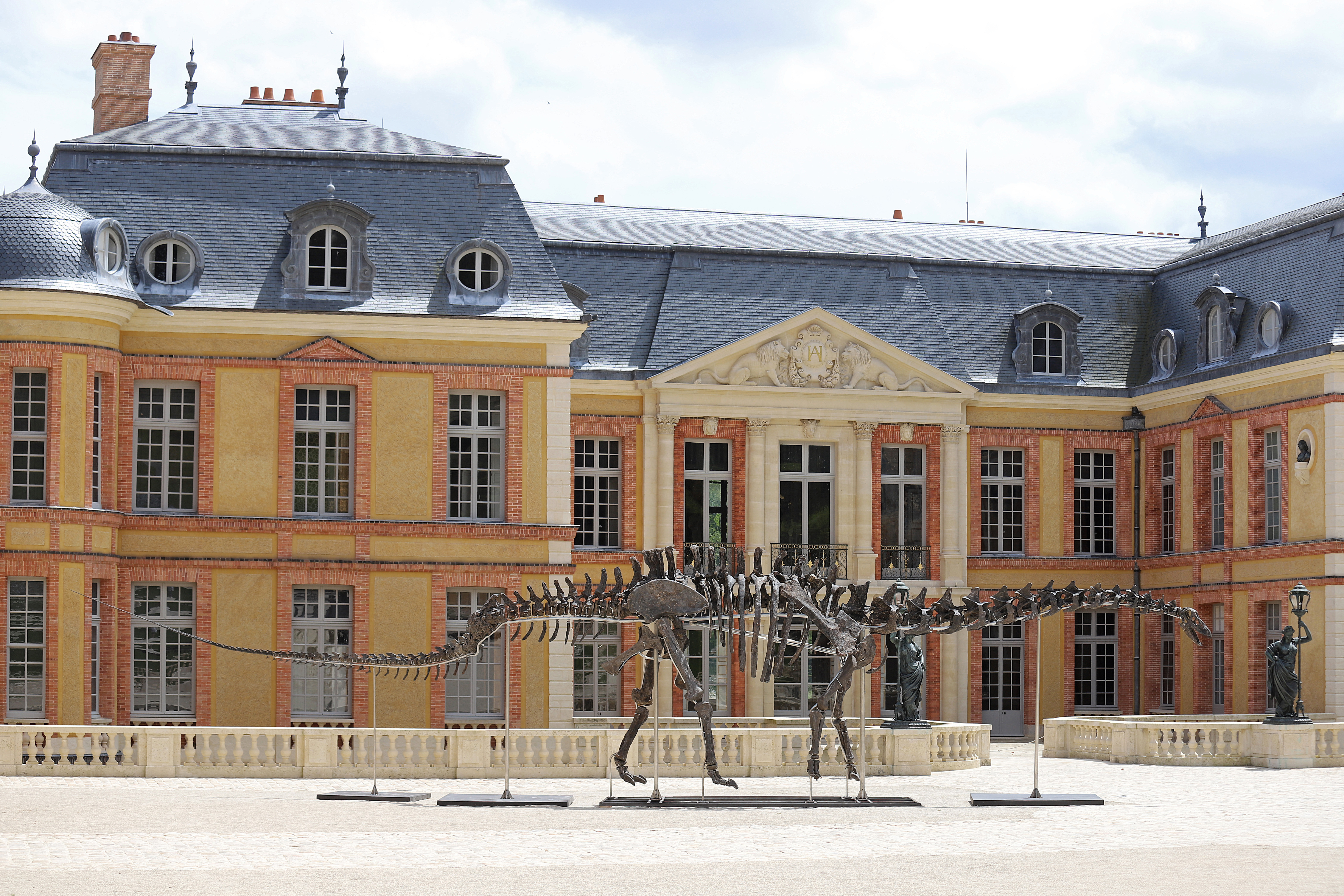
While Paris was mounting its first colossus of the Olympic Games in over 100 years, this prehistoric colossus from the late Jurassic Period rose from the excavation ashes to become one of the most visited tourist attractions in the region during the 2024 Summer Games.
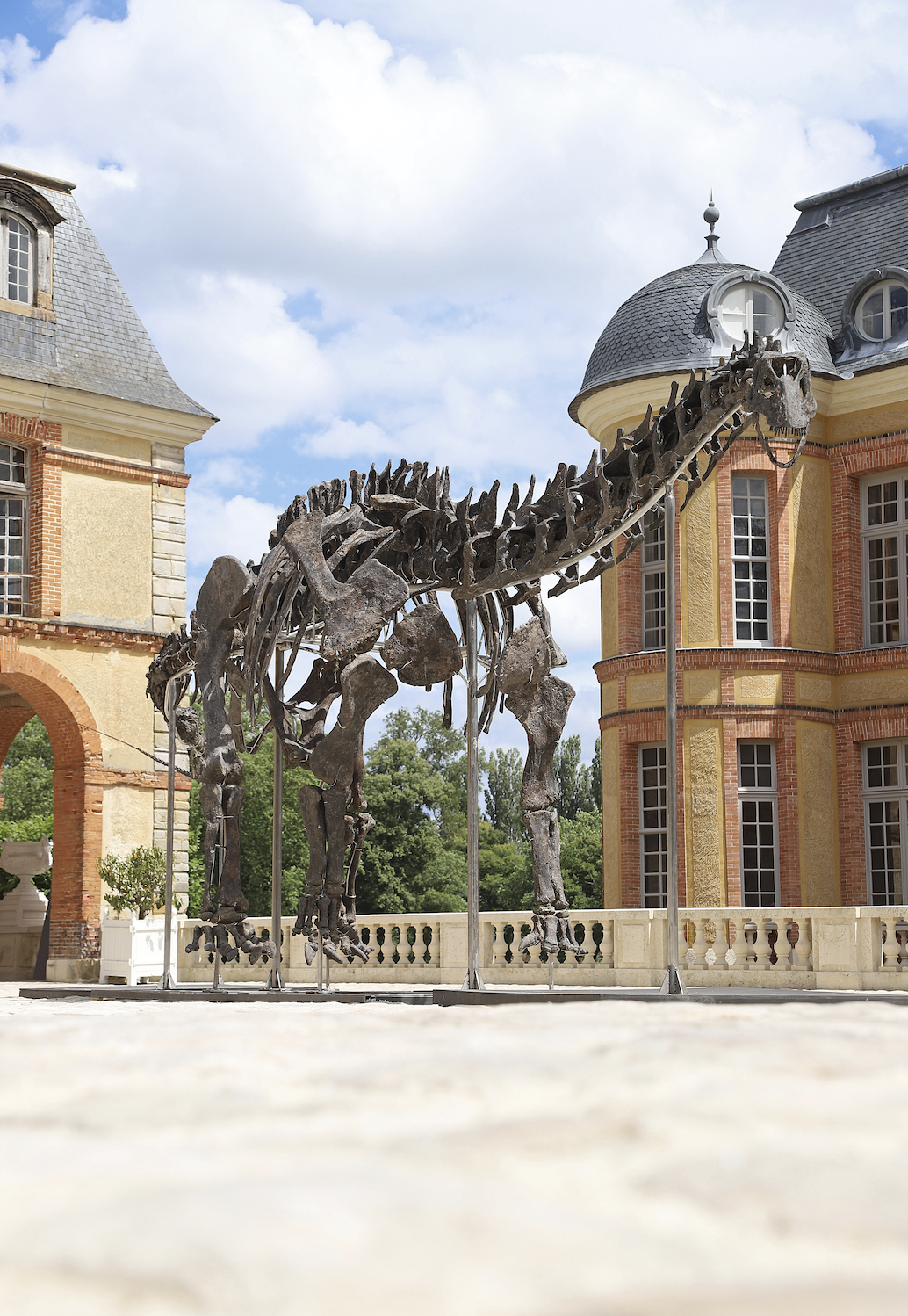
The majestic Apatosaurus (formerly known as a Brontosaurus) skeleton discovered in Wyoming measuring 20.50 meters/67.25 feet long with approximately 80% of its bone mass native bones (i.e. more than 306 fossilized bones), making it the most complete dinosaur skeleton to be discovered and offered in auction history, has captivated the imagination of the French who have dubbed it “La Bête de Dampierre” since taking up residence at the magnificent Château de Dampierre-en-Yvelines outside Paris and receiving a record number of more than 40,000 visitors to date since the exhibition opening in July, a five-fold increase in the Château’s visitor attendance, who have come to marvel at the towering 150 million year old masterpiece. With the palpable excitement and growing anticipation surrounding its auction, visitors’ attendance is expected to increase leading up to the final days of Vulcain’s exhibition in November.
With prices achieved for dinosaur skeletons since the sale of T-Rex “Sue” in 1997 for $8.4 million until the record sale of “Apex” Stegosaurus sold for an astonishing $44.6 million dollars in July 2024, the market for dinosaurs will continue to surge making the sale of “Vulcain” expected to be one for the record books.
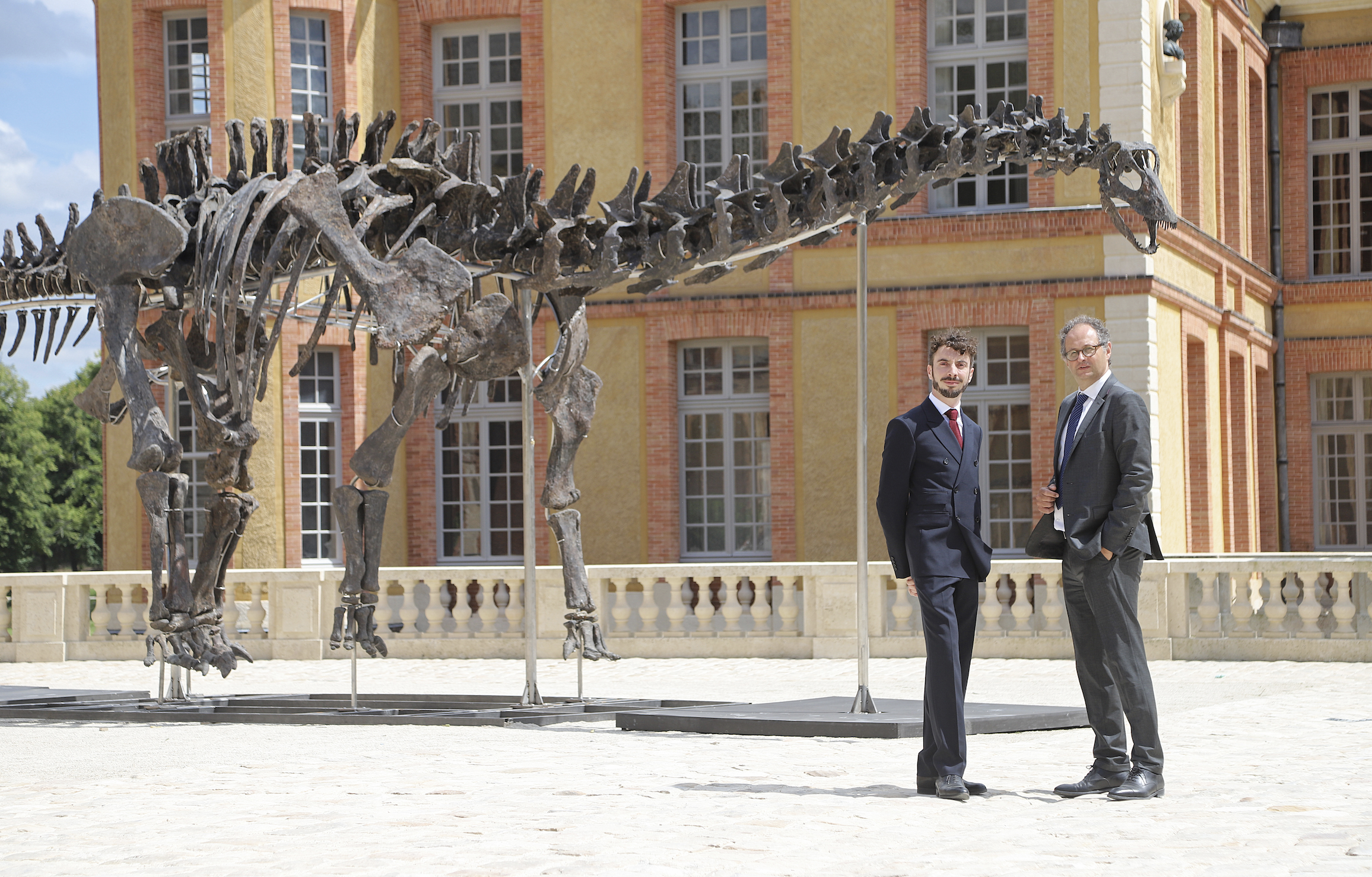
“Vulcain is the largest and most complete dinosaur that stands above them all. It is the ancient find of a lifetime,” said Olivier Collin du Bocage, Founder and Auctioneer of Collin du Bocage.
“The discovery, acquisition, and sale of this magnificent beast is a historic occasion for our auction houses Collin du Bocage and Barbossa,” said Florent Barbossa, Founder and Auctioneer of Barbarossa.
Professor Eric Mickeler who appraised “Vulcain” and served as a former consultant for Sotheby’s and Christie’s, and current Curator of the Dinosauria Museum Praha added,” The sale of Vulcain marks an important milestone: the appearance of the most exceptional Apatosaurus skeleton this century.”
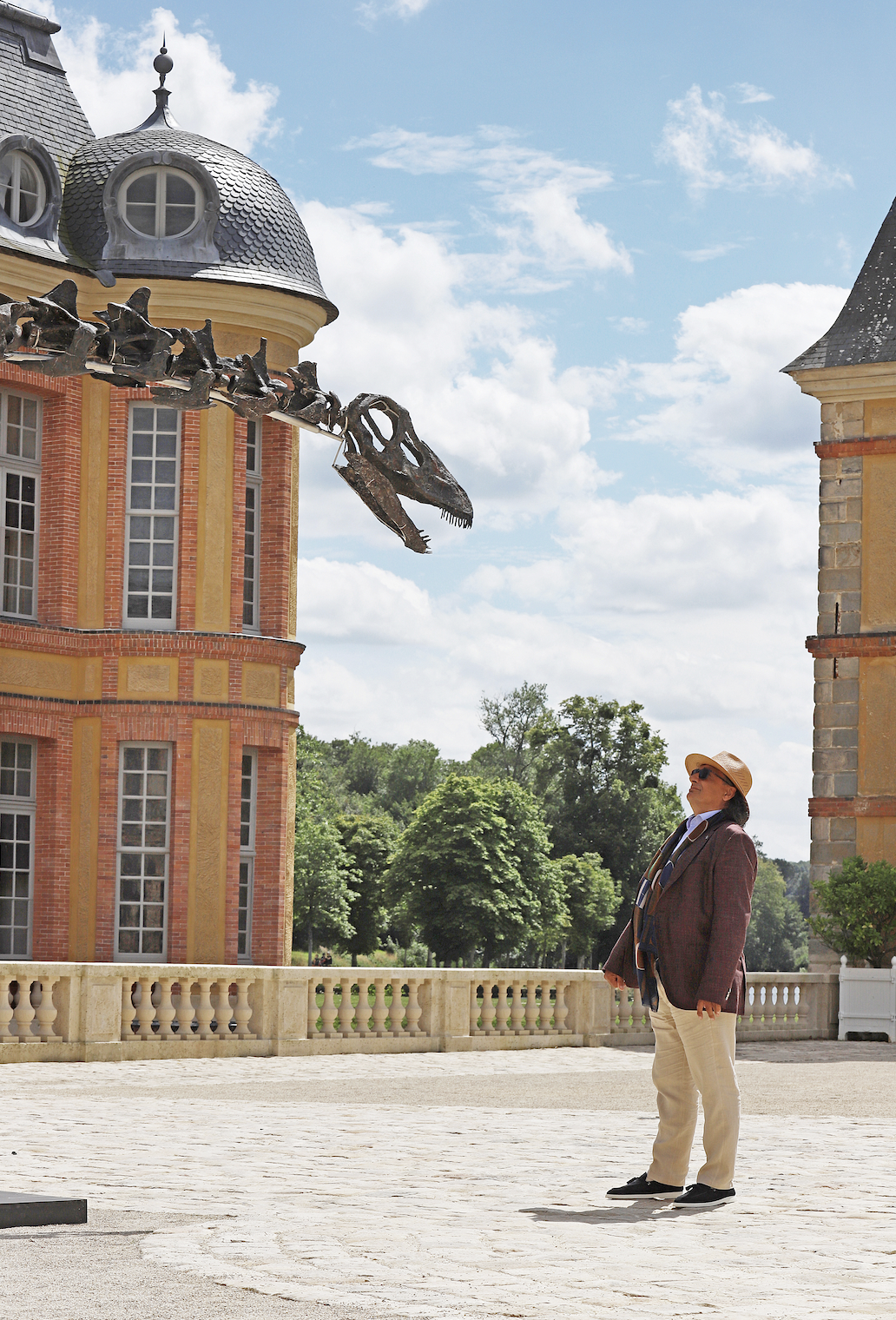
The GPS point and excavation plan will be given to the purchaser together with an osteological map (with authentic bones colored) along with the rights to officially re-name the dinosaur as well as copyrights of the specimen.
Since its discovery in 2018 and 3 years of excavation in Wyoming, “Vulcain,” one of the most complete sauropod fossils from the Late Jurassic Morrison Formation, has been studied by some of the world’s most renowned paleontology experts such as Christian Foth from the University of Rostock in Germany who recently uncovered the specimen to be a new dinosaur species.
According to their analysis, the “Vulcain” dinosaur shares features common to both Apatosaurus and Brontosaurus (two sauropod genera that have a complex taxonomic history), but matches more closely with Apatosaurus, particularly Apatosaurus ajax while sharing characteristics with Apatosaurus louisae, another recognized species of Apatosaurus. Thus, this unique mix of characteristics seen in the specimen suggests it could represent an intermediate species between Apatosaurus ajax and Apatosaurus louisae.
Pascal Godefroit, paleontologist at Belgium’s Royal Institute of Natural Sciences, witnessed the discovery of Vulcain in Wyoming, as his team was working on the same site, excavating a Diplodocus. “Already in the field we could see that it was impressive, a sort of giant Mikado. We were very impressed, because not only is the apatosaurus much rarer than the diplodocus, but we could also see that it was an exceptional specimen,” commented Pascal Godefroit (photo left).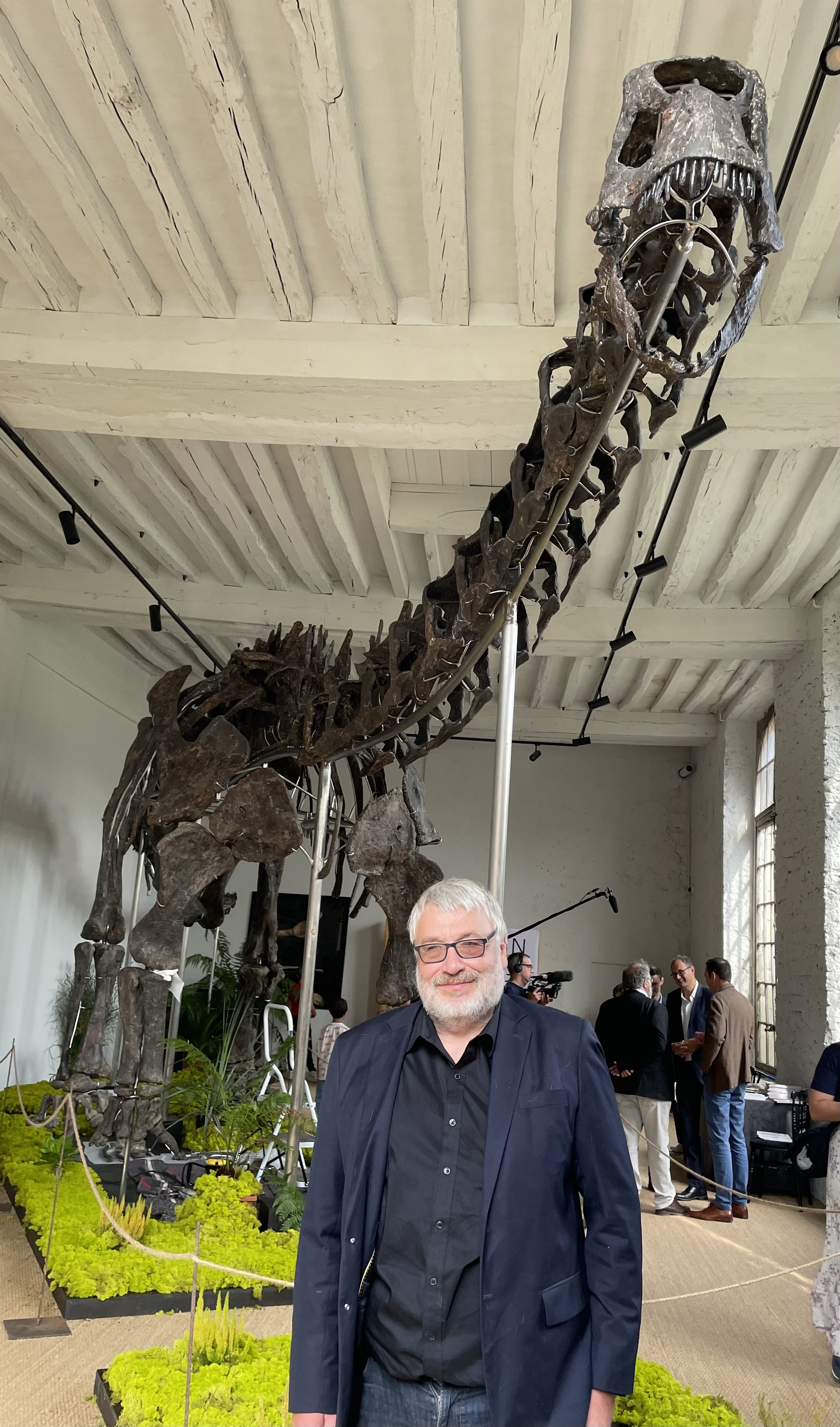
An enormous vertebrae on “Vulcain” was also discovered to have been violently injured during its lifetime with evidence of a giant blow on the fossil. It was also a vegetarian and classified as an herbivore based on materials and deposits found in the fossiliferous soil layer. (photo bottom right: vertebrae)
In comparison with the Apatosaurus specimen on display at the Natural History Museum in New York which is made up of the skeletons of three different individual dinosaurs, Vulcain is 80 percent a complete dinosaur and also possesses a part of its skull and gastralia (floating bones) which are rare elements absent from most of the specimens found, making Vulcain THE best-known Apatosaurus skeleton in the world today.
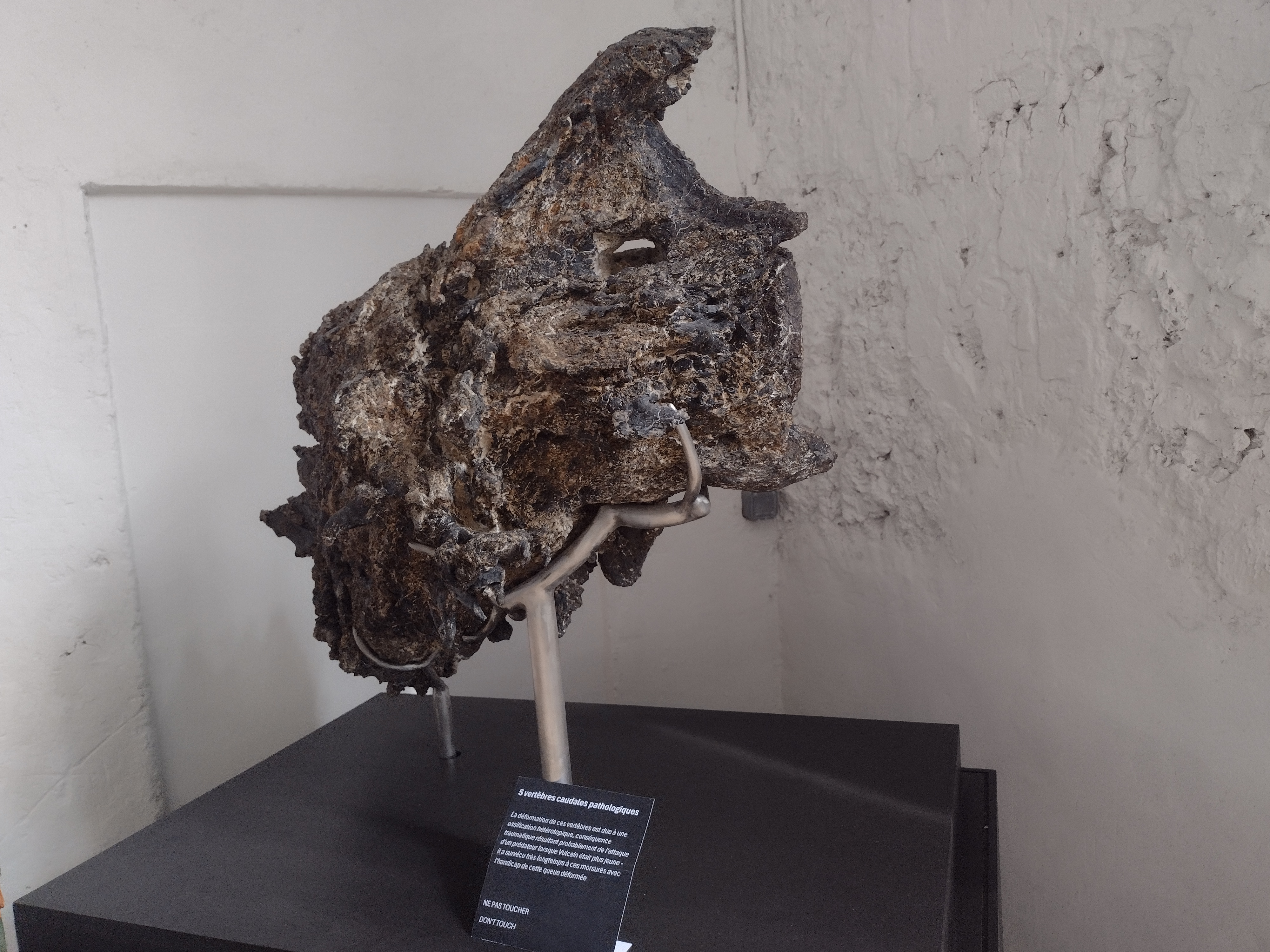
These findings, along with the paleontology community and scientists at fossil fairs and the art and auction world all abuzz about the rise of dinosaur specimens, has raised greater interest and speculation surrounding where “Vulcain” will go home to after going under the gavel on November 16th.
The $44.6 million Apex was bought by American billionaire Ken Griffin, CEO of the Citadel hedge fund and a donor to the Republican Party, who according to news reports plans to lend it to an American institution. Over the past 25 years, only a few of the biggest dinosaurs discovered in America and sold at auctions have made their way back to the U.S. such as the Field Museum in Chicago ($8.4M Sue, Tyrannosaurus Rex) and the Museum of Science in Boston (half a million USD Cliff).

“Who will not only buy but perhaps bring back the American Vulcain Apatosaurus, the largest dinosaur ever to be auctioned in the world which is a new species needing to be scientifically studied further, within the American heritage?” remarked Professor Eric Mickeler, who has appraised some of the top selling dinosaurs in the world including Cliff, the first dinosaur skeleton sold in France, the Allosaurus dinosaur skeleton sold for €1,2 million ($1.3 million) by Sotheby’s Paris, €1,2 million ($1.3 million) Kan and the €2 million ($2.2 million) Allosaurus Arkhane sold by Aguttes on the Eiffel Tower and is currently in the Royal Natural history Museum of Brussels.
In its recent residence, Vulcain holds court at the Château de Dampierre (designed by Jules Hardouin Mansart and André Le Notre of the Château de Versailles) which offered leisure and hospitality to Louis XIV and Louis XV and was owned by the Dukes of Luynes from 1663 to 2018, before being bought by Franky Mulliez, the founder of a major equipment rental group.
Both owners from across the different time periods, His Grace Duc of Luynes and Mr. Mulliez are passionate archaeologists and collectors of fossils. Honoré Théodoric d’Albert, the 8th Duke of Luynes transformed the Domaine into a center for research and a natural history museum and the current owner Mr. Mulliez continues the tradition with his collection at Dampierre of unique relics such as mosasaur fossils and the exhibition of Vulcain.
*All Photos from “Vulcain” Exhibition & Auction
RELATED ARTICLES

I’m a Christian and I Got No Startup Money!

Tempted to Abandon My Calling

A Christian’s Call to Wise Listening





